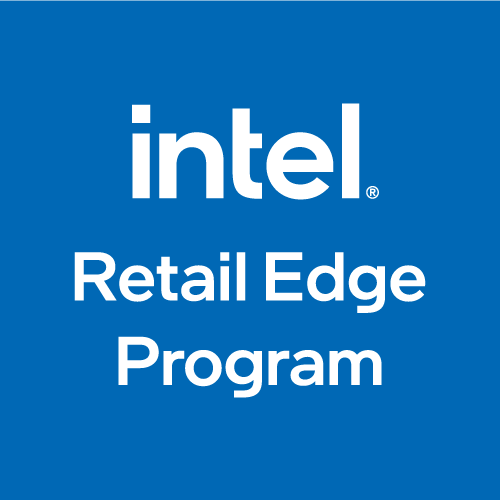5/25/16
Consumers shop differently today than at any time in the past. Mobile devices make it easy to compare prices while in the retail environment and to determine which products are most suited to individual needs. Review sites and other online resources provide consumers with up-to-date information regarding quality and reliability for a wide range of products.

Here are four critical steps on the way from initial interest to final purchase for many retail shoppers.
During the early stages of the buying process, many people go online to check on specifications, capabilities, and features for the devices and products they are considering.
This may also involve checking reviews for the item on popular Websites and looking at prices for the same product or similar products from major online retailers.
The Nielsen* Global Connected Commerce Study1 found these interesting results for online activities for those shopping for consumer electronics:
Some shoppers may also check out the manufacturer's website to determine the various options available. This is especially common when consumers are considering game systems, PC devices, or electronic equipment2.
Generally, consumers enter the purchasing process with an idea of how much they are willing to or can spend. This figure may be adjusted upward or downward depending on a few factors:
Perceived product quality, understanding device benefits and capabilities, and interactions with store employees can have a major effect on the amount shoppers are willing to budget, and ultimately spend on a particular product or device.
After initial research and budgeting decisions have been made, consumers typically begin looking at the various options for purchase and considering a number of key factors that may include the following:
These decisions can play a significant role in which retail store is chosen for final selection. Shoppers often choose stores that provide greater flexibility in financing options, particularly for big-ticket items, and offer a larger inventory of available models or SKUs from which to choose.
Many consumers elect to visit a local retail store to assess the quality of the product and ask questions of store employees in person. In fact, 94% of all retail sales are generated in-store3. Ensuring that sales reps have complete and accurate information about the products sold in their stores can make a positive impression on these consumers and may lead to increased sales and profits.
By providing clear and complete information, sales teams create optimal customer experiences to help ensure the right device or product is selected.
Retailers who meet and exceed consumer expectations on their buyer’s journey have the best opportunity for success in generating more revenue and creating a broader base of loyal customers.
The Intel® Retail Edge Program provides in-depth training for your sales reps in the features and benefits of Intel® products and technologies. This added information can provide your employees with the confidence and expertise needed to shine in the retail marketplace.
Reps earn rewards as part of their participation in the training program while boosting their ability to help customers who visit your stores.
This represents a win-win scenario for you and your sales staff and can help you navigate the new consumer path to purchase more effectively now and into the future.
References:
*Other names and brands may be claimed as the property of others.
© 2016, Intel Corporation. All rights reserved. Intel, the Intel logo, and the Intel Retail Edge Program are trademarks of Intel Corporation in the U.S. and/or other countries.
2http://searchengineland.com/new-insights-consumer-journey-electronics-237128
3http://retailnext.net/en/blog/brick-and-mortar-vs-online-retail/
